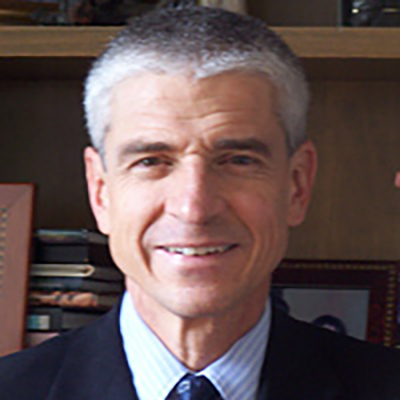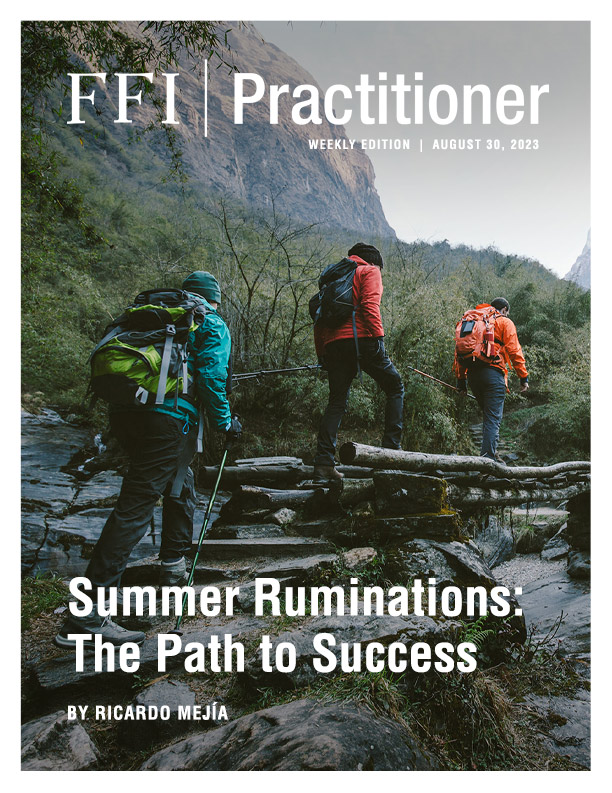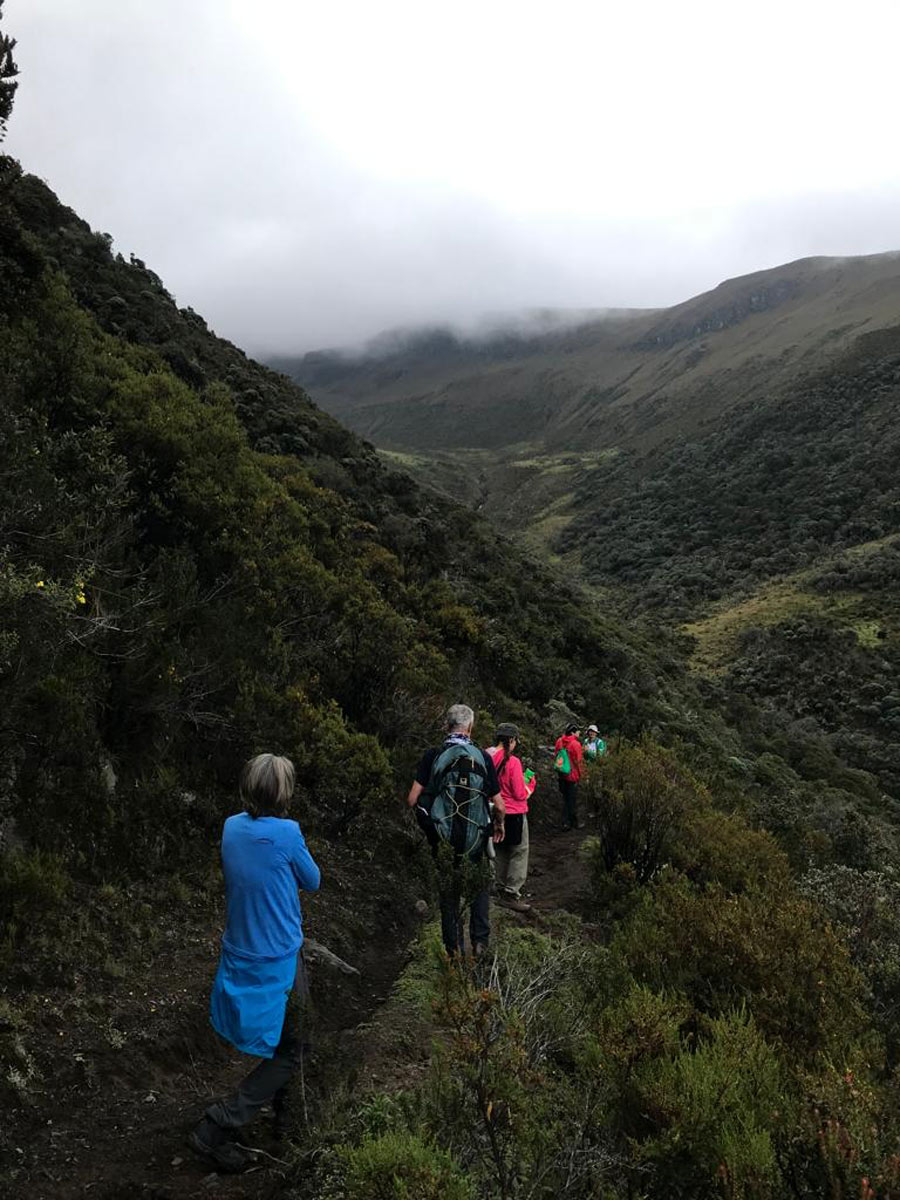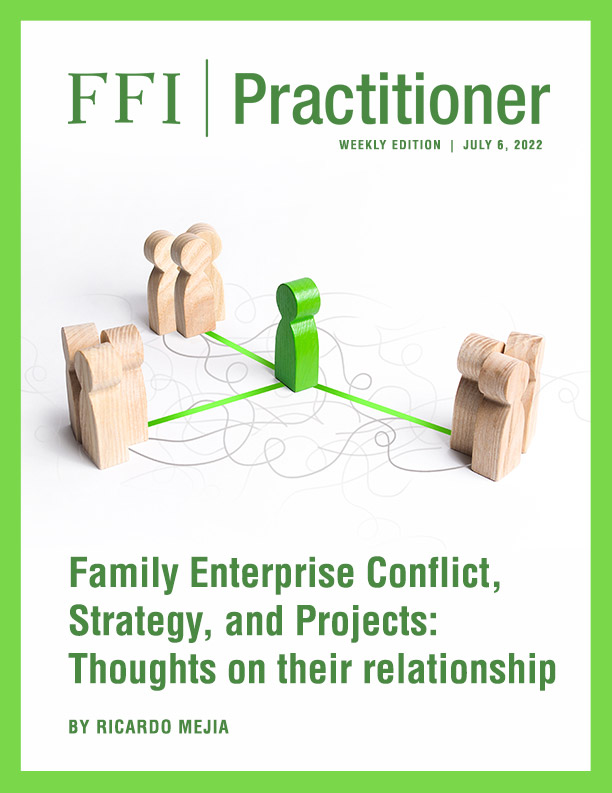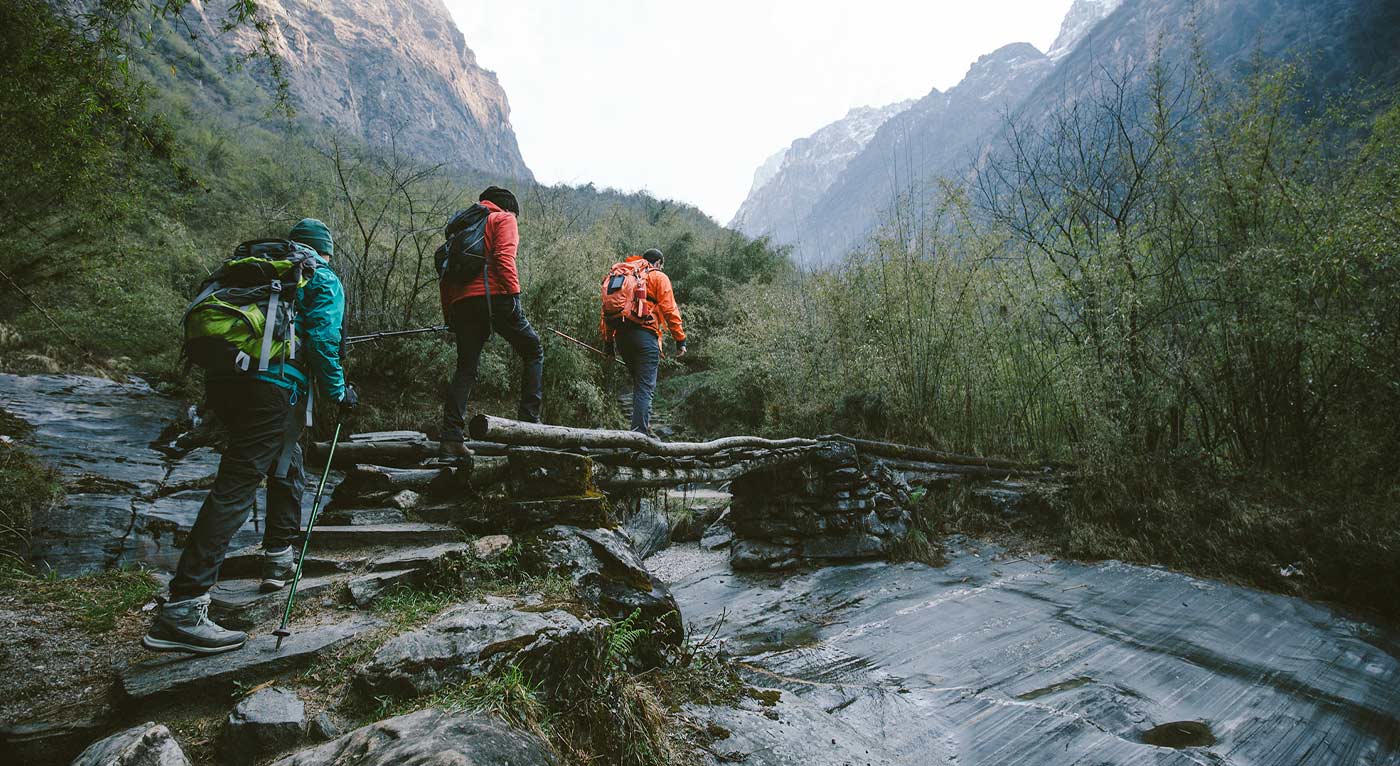
Steve Jobs was called back to save Apple twelve years after he had been fired. Upon his return, the first thing he did was request the resignation of the entire board of directors. Among these dismissed directors was Mike Markkula, who, when Jobs was still working out of his adoptive parents’ garage, believed in him and became the third investor.3 Markkula had been like a father to him, and now Jobs wanted him out. Jobs went to Markkula’s house and invited him for a walk.
“Jobs told me that Apple needed a big transformation and that it was necessary to invite to the board people with new skills and visions, to help him think and implement the big changes that Apple needed.” Markkula agreed and replied: “Apple must venture into new devices and make consumers fall in love. Like a butterfly does, Apple has to undergo a metamorphosis.” Such a delicate and difficult conversation, in the friendly and relaxed atmosphere of the walk, turned into a positive and objective dialogue.4
The Last Tear (“La última lágrima”) is the name of Pedro Nel’s bar, located in front of the gates of Salamina´s cemetery, one of the most picturesque villages in the coffee-growing mountains of Colombia. The aged rum there has a special flavor, possibly because of the friendliness and stories of the owner, or perhaps because one could imagine that it is closer to heaven. But Pedro Nel, in addition to managing the bar, fulfills a “quasi-notarial” task: recording the name, date, and age of each deceased villager. He can certify better than the police that in Salamina in recent years there have been no deaths due to violence and that the annual rate has stabilized at about 100 deaths a year. His notebook with all his records is meticulously preserved. One tradition that has emerged in Salamina is that mourners, upon returning from the painful farewell of their loved ones, exchange their “last tear” for the deceased for a drink of aged rum or anise aguardiente, both famous drinks in the renowned bar.
Family Business Implications
Many studies confirm that people increase their capacity for attention and creativity when they perform activities in middle of nature. When working teams connect with nature, they are freed from the tension caused by the problems of daily work and routine.
When a team of coworkers summits a mountain and builds a fire to beat the cold or cook food, this group will naturally rely on those with knowledge of the outdoors and who demonstrate better outdoor survival skills. In such a situation, the rigid hierarchies and subordinations present in the office can disappear. It changes the way the group communicates, opening new spaces for dialogue, collaboration, and learning.
“We were extremely busy and I didn’t understand my group’s insistence on going for a walk through a forest. I accepted a bit grumpily. Once we were all together, trying hard to keep up, the dialogue became more fluid, without prevention and the conversation began to flow in a relaxed manner. I was amazed at the camaraderie in the team, something that was not easily achieved in the office,” declared a high executive to a McKinsey researcher, who wrote with some colleagues the paper (Extremely) out of office: Let nature boost your team’s creativity and performance.6
Sidebar
By: Ricardo Mejia
Frequently, boards of directors can fall into monotony, neglecting their creative abilities that can help them achieve one of their main functions—working with management on strategic issues. Boards should program activities that take them out of everyday life, that foster an environment of frank and open discussion on complex and important strategic topics. A good walk and some sweat could open their eyes.
In family businesses, emotionality and tensions can prevent businesses from prospering. For example, the members of the family council, an institution that can play a fundamental role in promoting family unity and managing family conflicts, would benefit enormously from engaging in recreational activities outdoors.
Scientists have found that when the individual concentrates on solving problems, making decisions, analyzing intermittent information such as emails, or handling applications, the brain works at a frequency of waves which range from 15 to 40 cycles per second, an active state.7 But when the individual is in the middle of a forest and without technological gadgets, his brain works at 8 to 14 cycles per second,8 reducing tension and anxiety and entering a relaxed and creative state.
For these reasons (and many others), walking in the middle of nature, be it alone, with family, or with a working team, may be the best method to finding the path to success.
References
1 Dowden, C. (2014, December 12). Steve Jobs was right about walking. Financial Post. https://financialpost.com/executive/c-suite/steve-jobs-was-right-about-walking
2 Oppezzo, M., & Schwartz, D.L. (2014). Give Your Ideas Some Legs: The Positive Effect of Walking on Creative Thinking. Journal of Experimental Psychology: Learning, Memory, and Cognition, 40(4), 1142-1152. https://doi.org/10.1037/a0036577. Accessed 2023, August 22, via https://www.apa.org/pubs/journals/releases/xlm-a0036577.pdf
3 Markoff, J. (1997, September 1). An ‘Unknown’ Co-Founder Leaves After 20 Years of Glory and Turmoil. The New York Times. https://www.nytimes.com/1997/09/01/business/an-unknown-co-founder-leaves-after-20-years-of-glory-and-turmoil.html
4 Isaacson, W. (2011). Steve Jobs. Simon & Schuster. pp. 319-320. Retrieved August 28 2023 from http://ebook.3m.com/library/BCPL-document_id-bmnokz9
5 Tarnow, A. (2019, July 19). A naturalist figured out climate change in 1799. The world forgot him. The Christian Science Monitor. https://www.csmonitor.com/Books/2019/0719/A-naturalist-figured-out-climate-change-in-1799.-The-world-forgot-him
6 Campbell, F., Gast, A., Morton, K., & Tonies, F. (2022, November 18). (Extremely) out of office: Let nature boost your team’s creativity and performance. McKinsey & Company. https://www.mckinsey.com/capabilities/people-and-organizational-performance/our-insights/extremely-out-of-office-let-nature-boost-your-teams-creativity-and-performance
7 Jia, X., & Kohn, A. (2011). Gamma rhythms in the brain. PLoS biology, 9(4), e1001045. https://doi.org/10.1371/journal.pbio.1001045
8 Ulrich, R.S. (September 1981). Natural versus Urban Scenes: Some psychophysiological effects. Environment and Behavior, 13(5). Cited by Campbell, F., et al. (Extremely) out of office
